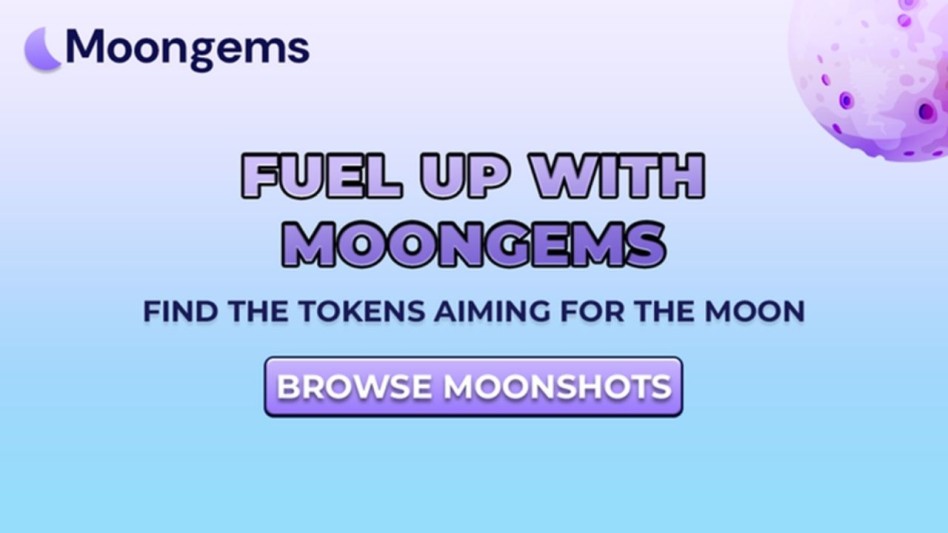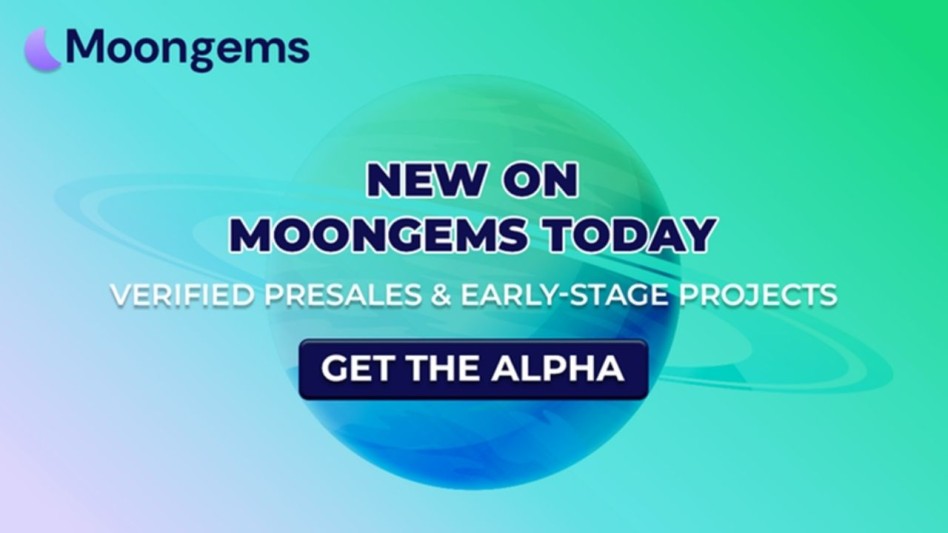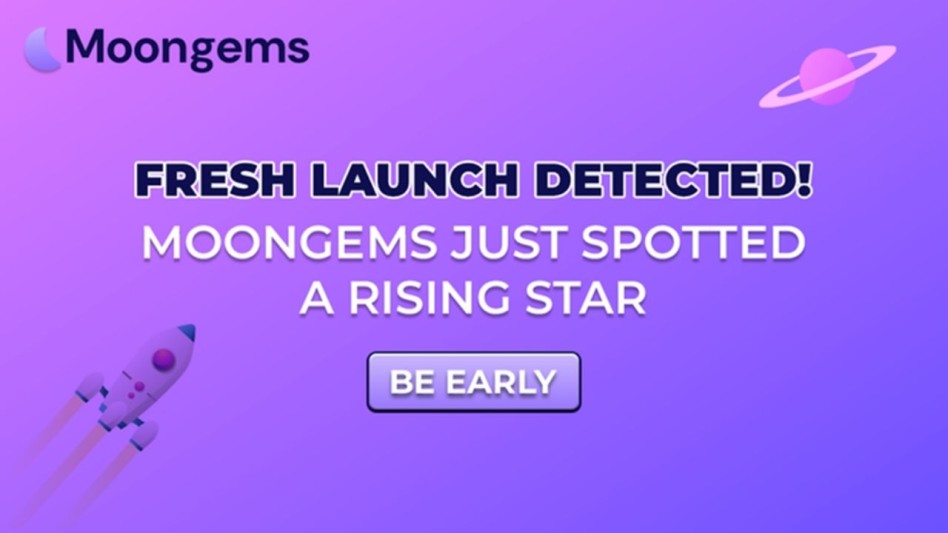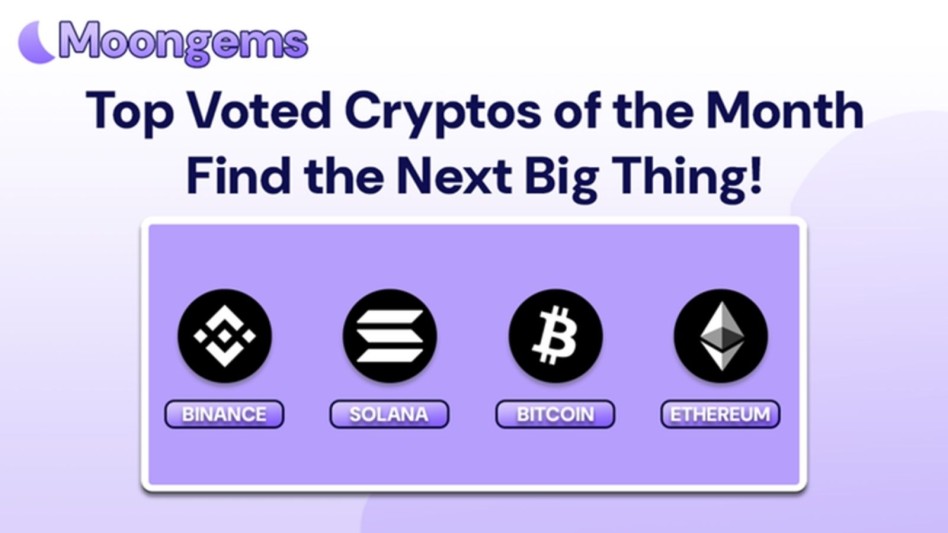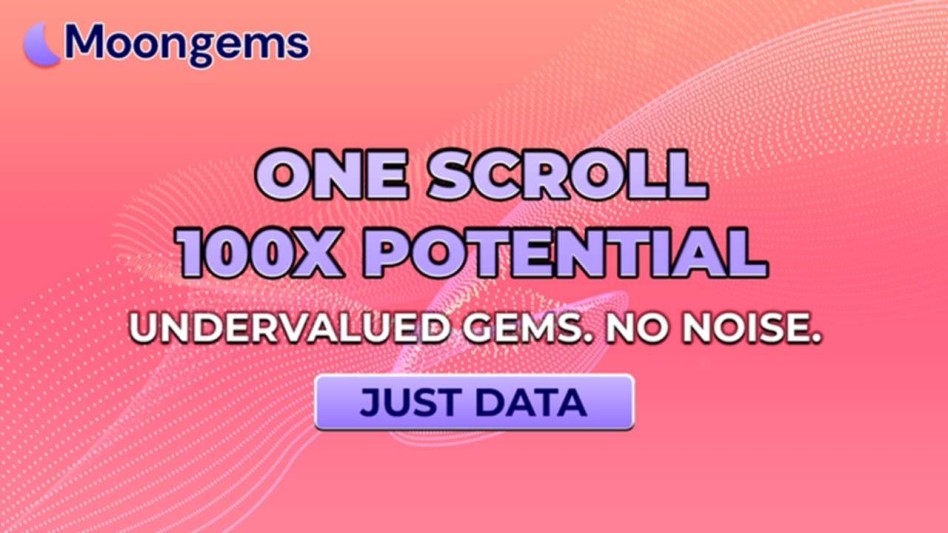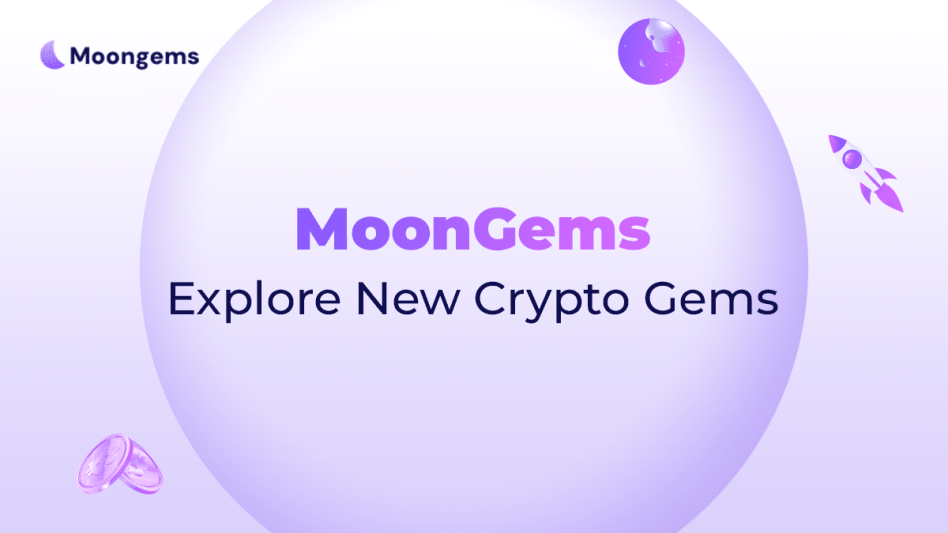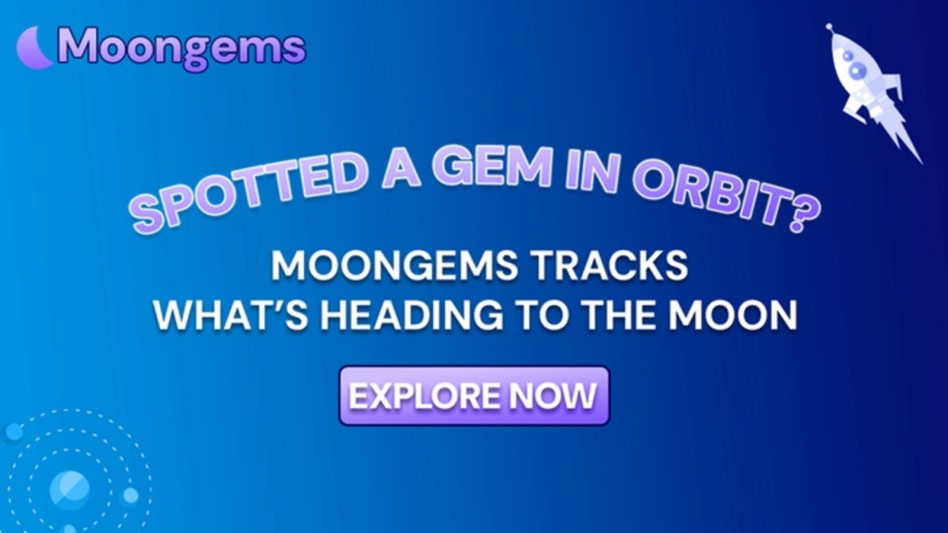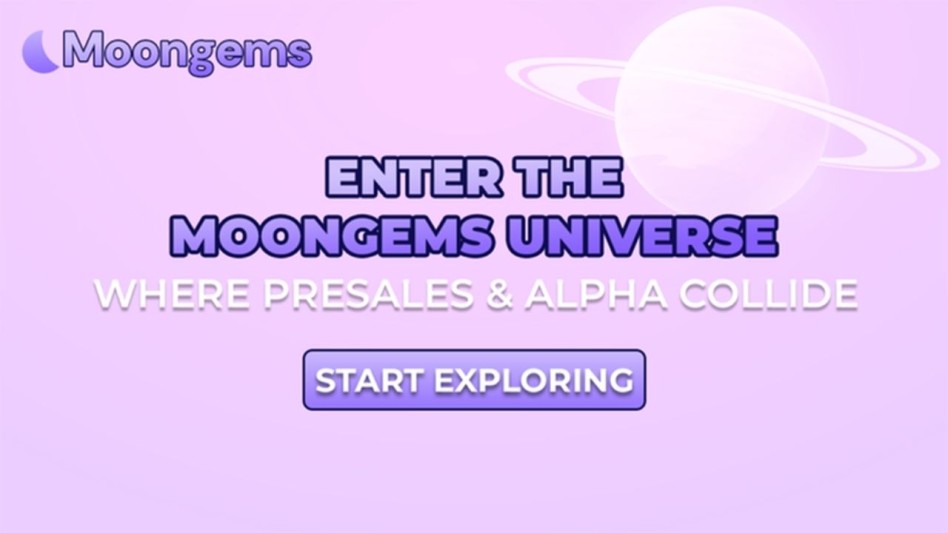Author: Jawad Hussain – Crypto Analyst & Web3 Researcher | 9+ years tracking presales, IDOs, and token launches. Follow him on Twitter.
Welcome to the Frontlines – This is MoonGems.
Most people think tokenomics is just a pretty pie chart.
You know the one — “Team: 20%,” “Marketing: 15%,” “Staking: 25%,” maybe a burn wallet sprinkled in for spice. It looks clean. It looks balanced. It looks safe.
It’s not.
Welcome to the MoonGems warzone — where that pie chart is a smoke screen, where liquidity traps are landmines, burn rates are Molotovs, and dev promises sound louder than VC dumps.
This is where 95% of tokens are destroyed before they are even listed. Where staking turns into inflation, marketing wallets turn into ghost budgets, and “locked liquidity” is often more spiritual than literal.
If you're here, you’re already smarter than most. You know that hype alone doesn’t save your bag. That memes pump the price, but only real tokenomics protect it.
So let’s dive into the blood-soaked trenches of tokenomics.
Because survival isn’t optional — it’s mandatory.
Liquidity Traps: The Silent Killer
You ape into a hot presale. The chart spikes. Twitter is foaming. You hit a 5x. But just as you’re about to sell — boom.
No buyers. No LP. No exit. Welcome to the trap.
Liquidity traps are stealth rugpulls. Teams make it look like there's solid liquidity, but most of it’s either not locked, yanked post-launch, or controlled by a single wallet. The result? A honeypot-style collapse. The chart crashes. Your tokens are worthless. And the devs? Vanished.
Want to avoid this?
- LP should be at least 30–50% of the supply.
- Locked on-chain for 6+ months using Unicrypt or similar.
- Verify on Etherscan — don’t trust the DEX description.
MoonGems rule of thumb: If LP is flimsy, the token’s future is fiction.
Burn Rates: Marketing or Arson?
Everyone loves a good burn — it makes tokens scarcer, right?
But when the burn rate is just a number to slap in a tweet thread or a “manual burn” with zero on-chain action, it’s not deflation. It’s deception.
Some projects burn 50% at launch just for hype — but it’s meaningless if there's no ecosystem or use-case to reinforce value. Worse? Fake burns where the tokens aren’t destroyed, just moved to a wallet labeled “burn.”
Here’s what actually works:
- Transaction-based burns — e.g., 1–3% per trade, coded on-chain.
- Utility-driven burns — tokens are burned when used in apps, games, or for perks.
- LP burns — a portion of trading liquidity gets locked and burned forever.
MoonGems mantra: If it ain’t automatic, visible, and verifiable, it’s just PR.
Broken Promises: The Whitepaper Lies
The whitepaper says, “Game-changing.”
The dev says, “Staking soon.”
The tokenomics say, “400% APY.”
Your wallet says: “Yo... where’s the volume?”
Broken tokenomics aren’t always obvious. They’re dressed up in PDF presentations and Discord announcements. But behind the curtain, you’ve got team wallets that unlock in 30 days, marketing budgets going to Twitter influencers with 11 followers, and staking contracts funded entirely by inflation.
You need to ask:
- Are the team tokens actually locked?
- Can the contract mint more tokens?
- Who controls the treasury wallet?
If the answers aren’t crystal-clear on-chain, the project’s already halfway to rug city.
MoonGems knows: "Coming soon" usually means "never came."
Survival Kit: The MoonGems Tokenomics Checklist
This is how you survive the warzone — the MoonGems way:
- TokenSniffer
Check contracts for shady minting powers, insane taxes, and honeypot risks. - BubbleMaps
Visualize wallets. If a few wallets hold 70% of the supply? GTFO. - Dextools / Dexscreener
Monitor LP, check for sudden drops, study dev wallet movement. - Vesting Tracker
Use sites like Unicrypt, PinkLock, or manual Etherscan scans to verify token lockups. - Gut Check
If it smells like hype but looks like a scam? Trust your gut. Hype can’t save bad math.
MoonGems final rule: If you don’t know what the token does or where the tokens go, don’t touch it.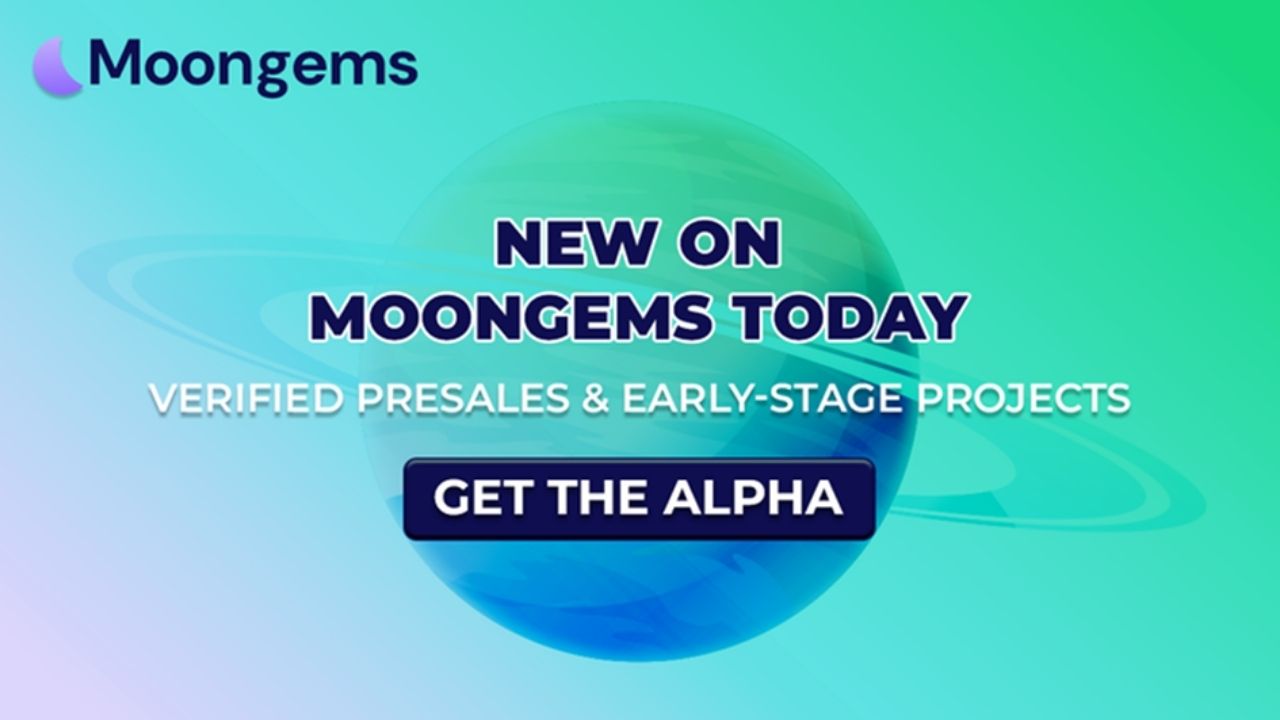
The Concluding Remarks
Tokenomics isn’t just about numbers — it’s about power, control, and survival. Most crypto projects will never tell you what’s really happening behind the code. That’s where MoonGems steps in — to shine a flashlight into the shadows, strip the hype away, and leave you with the truth.
So next time a dev says “staking soon” or flexes a 90% burn, run the receipts. Run the contract. Run it through MoonGems logic.
Because when the chart turns red, and the Discord goes silent…
Only the prepared survive.
Glossary: Tokenomics Warzone Edition
Liquidity Trap
A setup where trading liquidity is pulled post-launch, causing price collapse and leaving holders unable to sell.
Burn Rate
The speed at which tokens are destroyed. Good when strategic, bad when fake or unsustainable.
Manual Burn
A non-automated token burn controlled by the dev team. Often not reflected on-chain in real time.
Vesting Schedule
The timeline over which tokens (team, advisors, presale) unlock. Key to preventing early dumps.
Mint Function
A permission in the contract that allows the creation of new tokens. Can be used for abuse if not disabled.
LP (Liquidity Pool)
The pool of token + base pair (e.g., ETH, BNB) used for trading on DEXs.
Multisig Wallet
A wallet that requires multiple people to approve transactions. Essential for treasury safety.
TokenSniffer
A scanner that evaluates token contracts for rug pull risks.
Honeypot
A scam token that lets you buy but not sell. Classic trap.
BubbleMaps
A tool for visualizing token holder relationships. Useful for spotting centralization and whale wallets.
Frequently Asked Questions (FAQ)
- What is a liquidity trap?
It’s when liquidity is pulled or limited, making it impossible to sell your tokens after buying. Often leads to price collapse. - How do I verify a token burn is legit?
Check the burn wallet on-chain. Legit burns send tokens to 0x000…dead or other clearly labeled dead wallets. - What’s a sustainable burn rate?
1–3% per transaction or usage-based burning works best. Huge burns with no ecosystem? Usually for show. - How do I spot broken tokenomics?
Look for vague staking promises, no vesting schedule, high tax tokens, or unverified LP locks. If it’s not on-chain, it doesn’t count. - Can staking APY over 400% be real?
Only short-term. High APY often relies on minting inflation, great for entry, bad for long-term value. - What if the team promises a burn but I can’t find it on-chain?
Then it didn’t happen. Manual burns must be verified through transaction hashes or block explorers. - Why does MoonGems call this a warzone?
Because it is. Most new tokens fail due to poor design, manipulation, or flat-out scams. Tokenomics is the hidden battlefield that decides whether you moon or melt.
Disclaimer:
This content is for informational purposes only and does not constitute financial advice. Always do your own research (DYOR) before investing in cryptocurrencies. Crypto assets are high-risk and volatile. Past performance is not indicative of future results.



